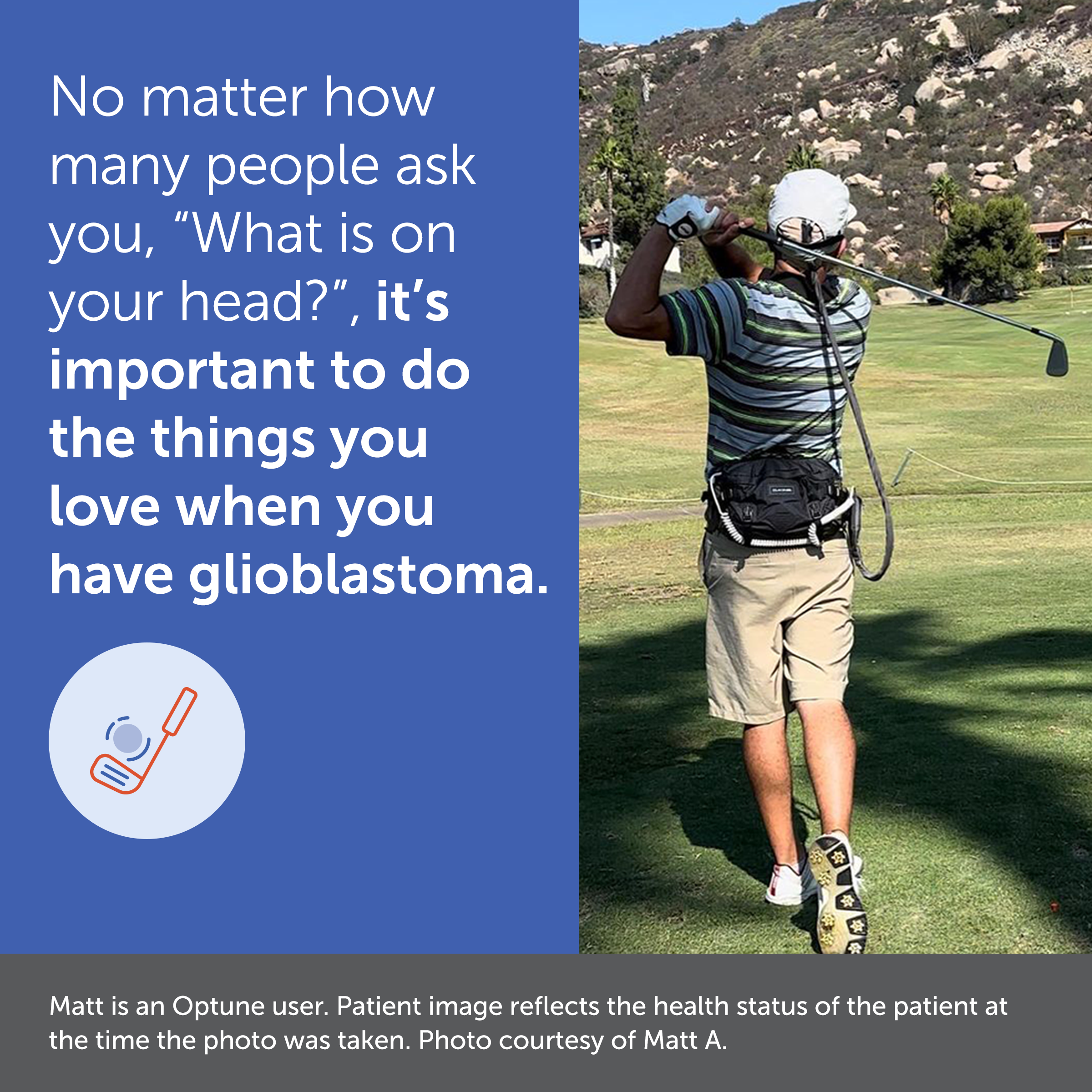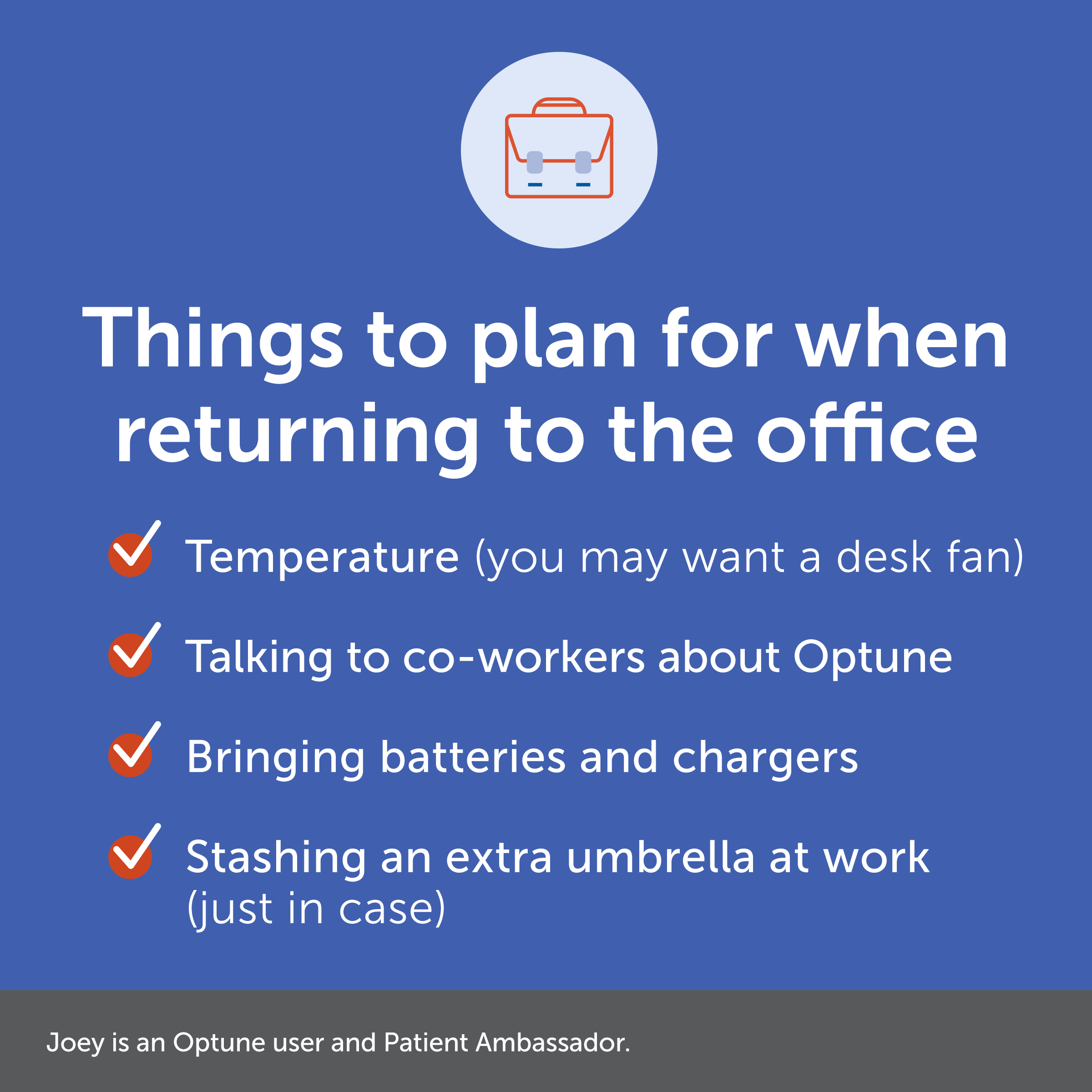#OptforOptune
“This diagnosis has made me appreciate the little things in life, and my greatest hope is to enjoy all the little moments now and to witness the amazing humans my kids are already turning out to be.” Taylor, Optune user and Patient Ambassador
#OptforOptune
“I’m along for this journey, and if that means no more hair, so be it. With or without it, I’m still me: a fiery, quirky redhead with great taste in headwear.” Lynn, Optune user and Patient Ambassador
#OptforOptune
“Family members and people in the Optune community have encouraged me to find little ways to make the device adaptable to my daily activities.” Osmond, Optune user and Patient Ambassador
An empowered choice
When you opt for Optune, you are joining a community of brave and resilient individuals who redefine what it means to live with glioblastoma (GBM) just by choosing Optune. Managing a GBM diagnosis can be overwhelming, but the Optune community seeks to empower and educate its members.
Learn about Optune
Optune is a wearable, portable, FDA-approved GBM treatment for adults 22 years of age and older. To learn more, visit Optune.com and register for a live webinar. During these live events, you'll be able to participate in a Q+A with a person who uses Optune and their caregiver.
Share your story
Everyone using Optune has an important story to tell. Consider sharing your Optune story on Facebook with the hashtag #OptforOptune and follow our page to hear tips, facts, and resources from #OptforOptune.
Highlights from #OptforOptune

Have you opted for Optune?
Like and follow our Facebook page to hear tips, facts, and stories from the Optune community.
Important Safety Information
What is Optune® approved to treat?
Optune is a wearable, portable, FDA-approved device indicated to treat a type of brain cancer called glioblastoma multiforme (GBM) in adult patients 22 years of age or older.




